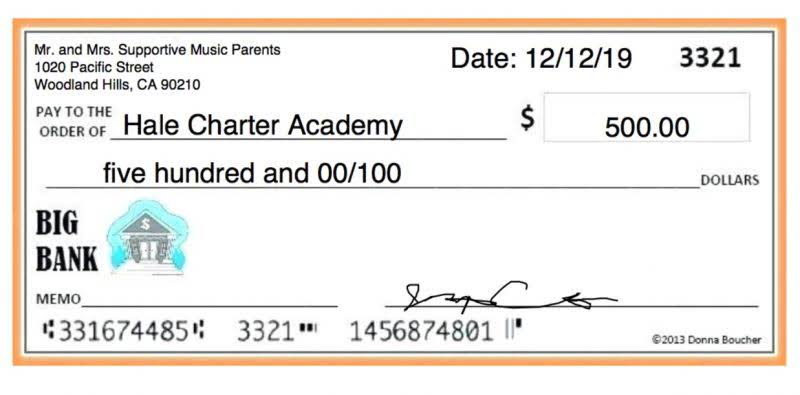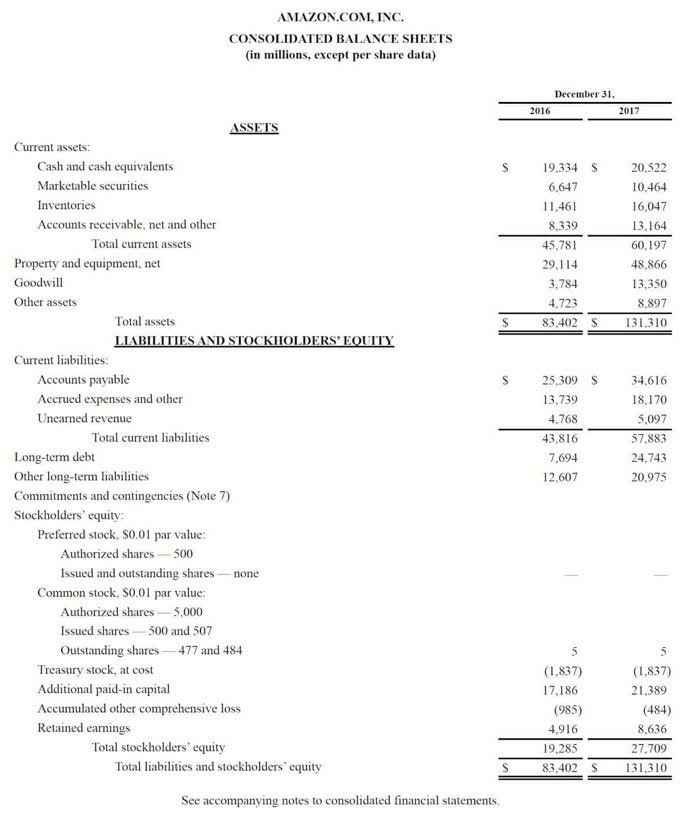
The principal part of a note receivable that is expected to be collected within one year of the balance sheet date is reported in the current asset section of the lender’s balance sheet. The remaining principal of the note receivable is reported in the noncurrent asset section entitled Investments. The journal entry for interest on a note receivable is to debit the interest income account and credit the cash account. Both accounts receivable and notes receivable can be used to generate immediate cash. There are several elements of promissory notes that are important to a full understanding of accounting for these notes. These are the note’s principal, maturity date, duration, interest rate, and maturity value.
How much will you need each month during retirement?

Notes payable are financial documents that represent different perspectives in a credit transaction. So, notes receivable appear as assets on the creditor’s or payee’s balance sheet, whereas notes payable appear as liabilities on the debtor’s or maker’s balance sheet. Notes receivable are different from other types of receivables, as here, the time frame for a customer to pay off the credit is extended.
Journal entry:
For this reason, notes are negotiable instruments the same as cheques and bank drafts. You should classify a note receivable in the balance sheet as a current asset if it is due within 12 months or as non-current (i.e., long-term) if it is due in more than 12 months. A note receivable expected to be repaid within a year is typically classified as a current asset. However, if repayment is due after one year, the note receivable is classified as a non-current asset on the balance sheet. The total current assets figure is of prime importance to company management regarding the daily operations of a business.
How do I calculate interest on a note receivable?
Notes receivable can arise due to loans, advances to employees, or from higher-risk customers who need to extend the payment period of an outstanding account receivable. Notes can also be used for sales of property, plant, and equipment or for exchanges of long-term assets. Notes arising from loans usually identify collateral security in the form of assets of the borrower that the lender can seize if the note is not paid at the maturity date. Accounts receivable represent amounts owed for goods or services provided on credit without necessarily formalized terms. In contrast, notes receivable involve written promises to pay a specified amount by a certain date, often with interest.

What is the journal entry for interest on a note receivable?
- At the maturity date of a note, the maker is responsible for the principal plus interest.
- This action allows the customer more time to pay the balance due, and the company earns interest on the balance until paid.
- On February 28 a similar entry will be made to record the interest revenue earned in February.
- Finally, at the end of the 3 month term the note receivable is honored by the customer together with the accrued interest, and the following journal completes the transaction.
- Get $30 off your tax filing job today and access an affordable, licensed Tax Professional.
- Inventory—which represents raw materials, components, and finished products—is included in the Current Assets account.
A note payable is the counterpart to a note receivable, with the maker of the note being the debtor who is obligated to pay the note. The principal balance of the note receivable is the principal of the note reported on the balance sheet date. Another opportunity for a company to issue a notes receivable is when one business tries to acquire another.


Let’s say a company lends $10,000 to a customer on January 1, 2023, and the customer signs a promissory note agreeing to repay the loan plus interest at a predetermined rate of 8% per year. The terms of the note specify that the loan must be repaid in full within one year. When interest is due at the end of the note (24 is notes receivable a current asset months), the company may record the collection of the loan principal and the accumulated interest. The first set of entries show collection of principal, followed by collection of the interest. A note receivable is a promissory note made by a maker to a payee promising to repay a specified amount at a future time.
The following journal entries occur at the note’s established start date. A note receivable is a written promise to receive a specific amount of cash from another party on one or more future dates. This is treated as an asset by the holder of the https://www.bookstime.com/articles/work-in-process note, and a liability by the borrower. Overdue accounts receivable are sometimes converted into notes receivable, thereby giving the debtor more time to pay, while also sometimes including a personal guarantee by the owner of the debtor entity.
Notes Receivable vs. Accounts Receivable
- This examines a note from the lender’s perspective; see Current Liabilities for an in-depth discussion on the customer’s liability with a note (payable).
- The payee is typically a business or creditor expecting payment on a specific date.
- Dino-Kleen, a customer of Terrance Inc. owes a $10,000 invoice that is past due.
- Note that in this calculation we expressed the time period as a fraction of a 360-day year because the interest rate is an annual rate and the note life was days.
- Consult your calculator manual for further instructions regarding zero-interest note calculations.
To determine the duration of the notes, both the dates of the notes and their maturity dates must be known. For example, a note dated 15 July with a maturity date of 15 September has a duration of 62 days, as shown below. Since the note has matured, the holder or payee removes the note from Notes Receivable and records the amount due in Accounts Receivable. In this journal entry, the Accounts Receivable invoice for Dino-Kleen is reduced to take the invoice out of Accounts Receivable. It will no longer appear on Accounts Receivable reports or be included in the Accounts Receivable total. We are transitioning the debt from Accounts Receivable to Notes Receivable.
